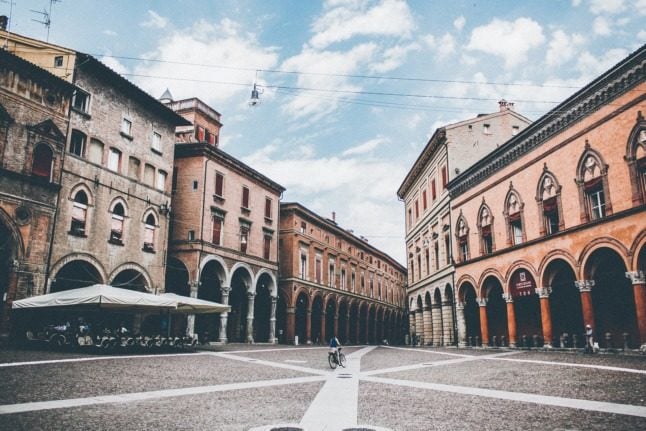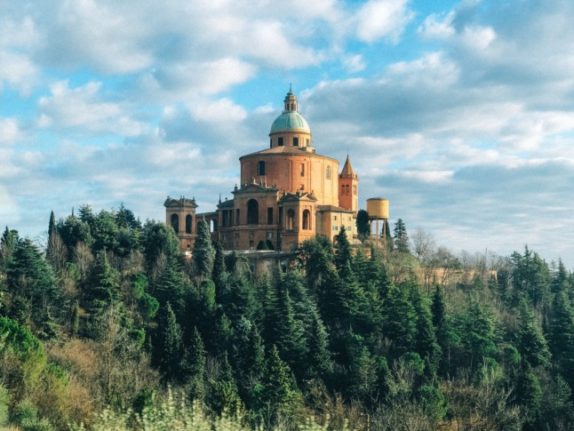Death: it’s a subject most people try and avoid but it’s a conversation starter that has helped the Death Café concept flourish across the world since the idea was born in 2011.
A social franchise set up by Jon Underwood, a British funeral advisor, and psychotherapist Sue Barksky Reid, Death Café is a place “where people, often strangers, gather to eat cake, drink tea [or more likely coffee in Italy] and discuss death”.
And such a venue will open in Bologna on October 29th.
The aim is to “increase awareness of death with a view to helping people make the most of their (finite) lives”, the couple say on their website, Deathcafé.com.
Bologna's Death Café is being launched by the International Association of Thanatology and Suicidology (IATS) in collaboration with the Associazione Rivivere and will be located in the latter’s headquarters on via G. Ercolani.
“The café is conceived as a kind of circle of mortals, who meet to find out whether or not it is by actually talking about death with others that one can live better and bear the notion that one must die,” IATS said in statement on its website.
Italy already has a number of ‘pop up’ Death Cafés, including in Rome, Verona and Parma. More than 2,400 have been set up across the world, included one in Vienna late last year.
Read more: Facing up to death over coffee and cake




 Please whitelist us to continue reading.
Please whitelist us to continue reading.
Member comments